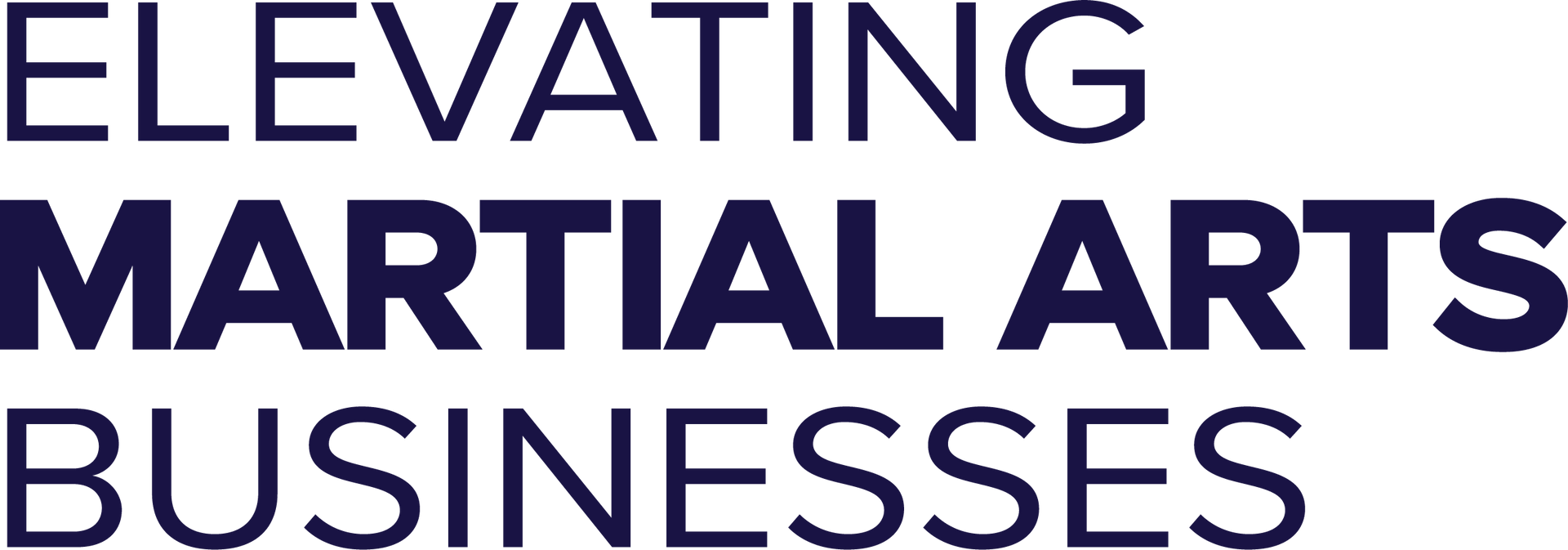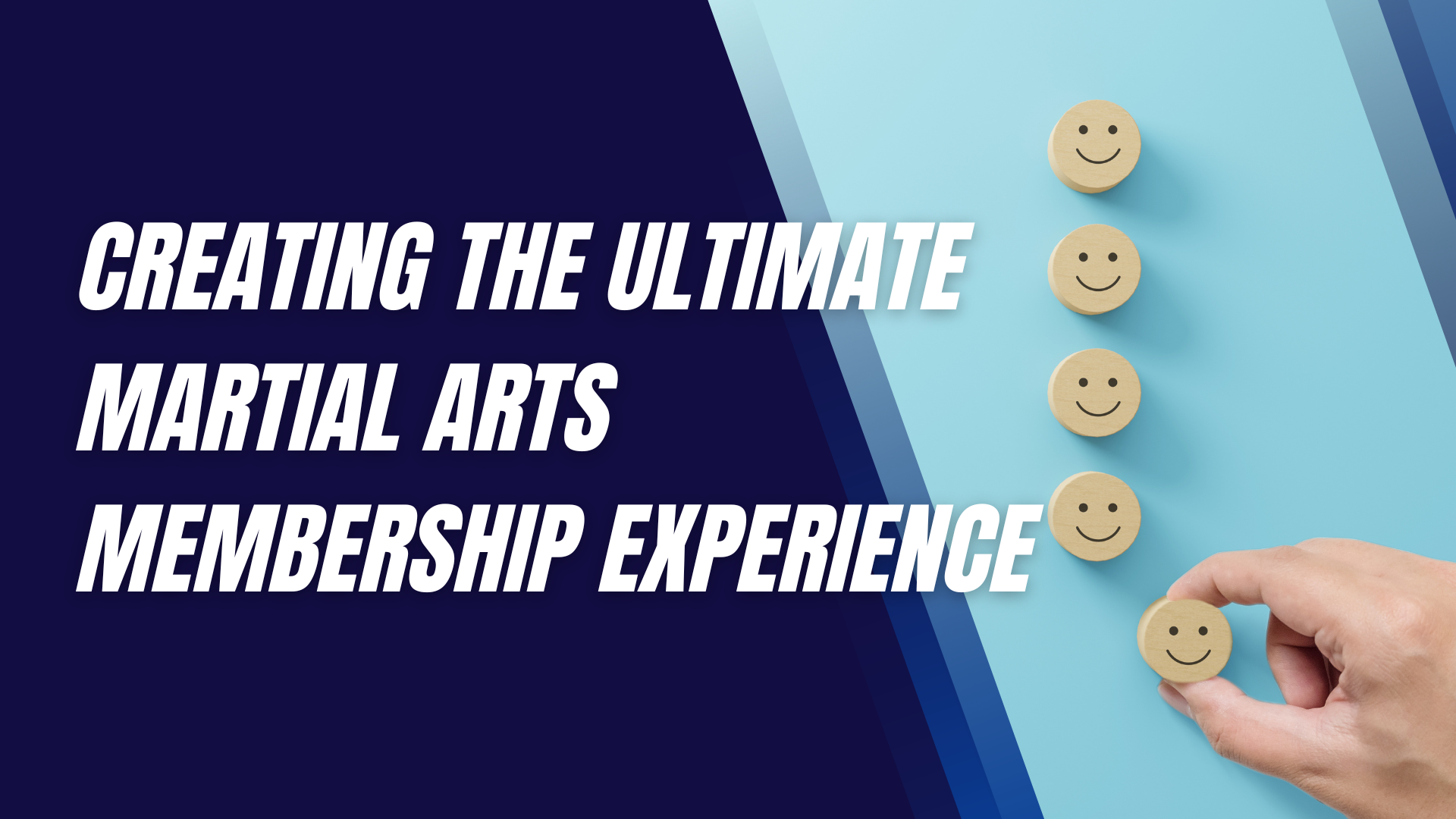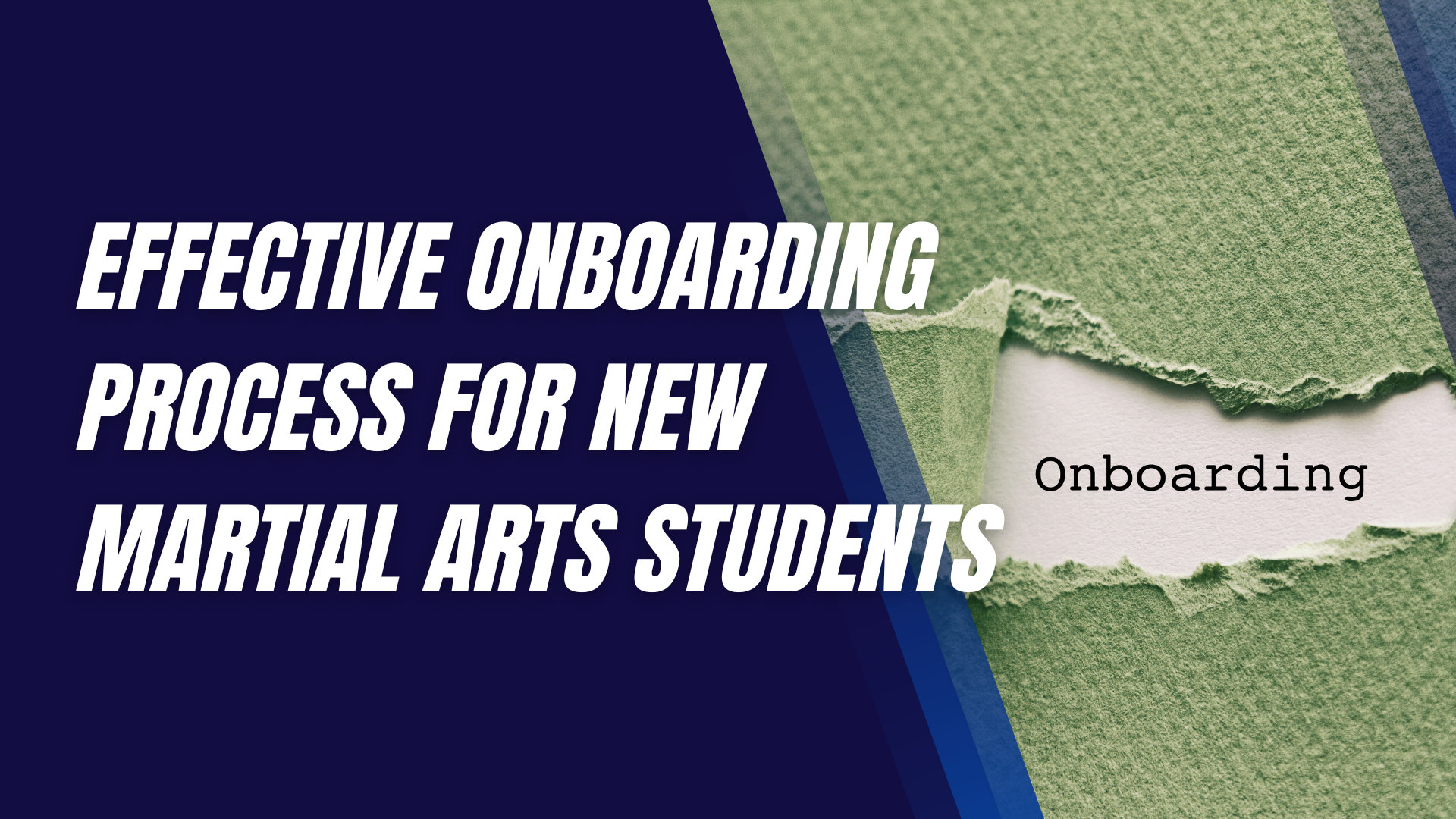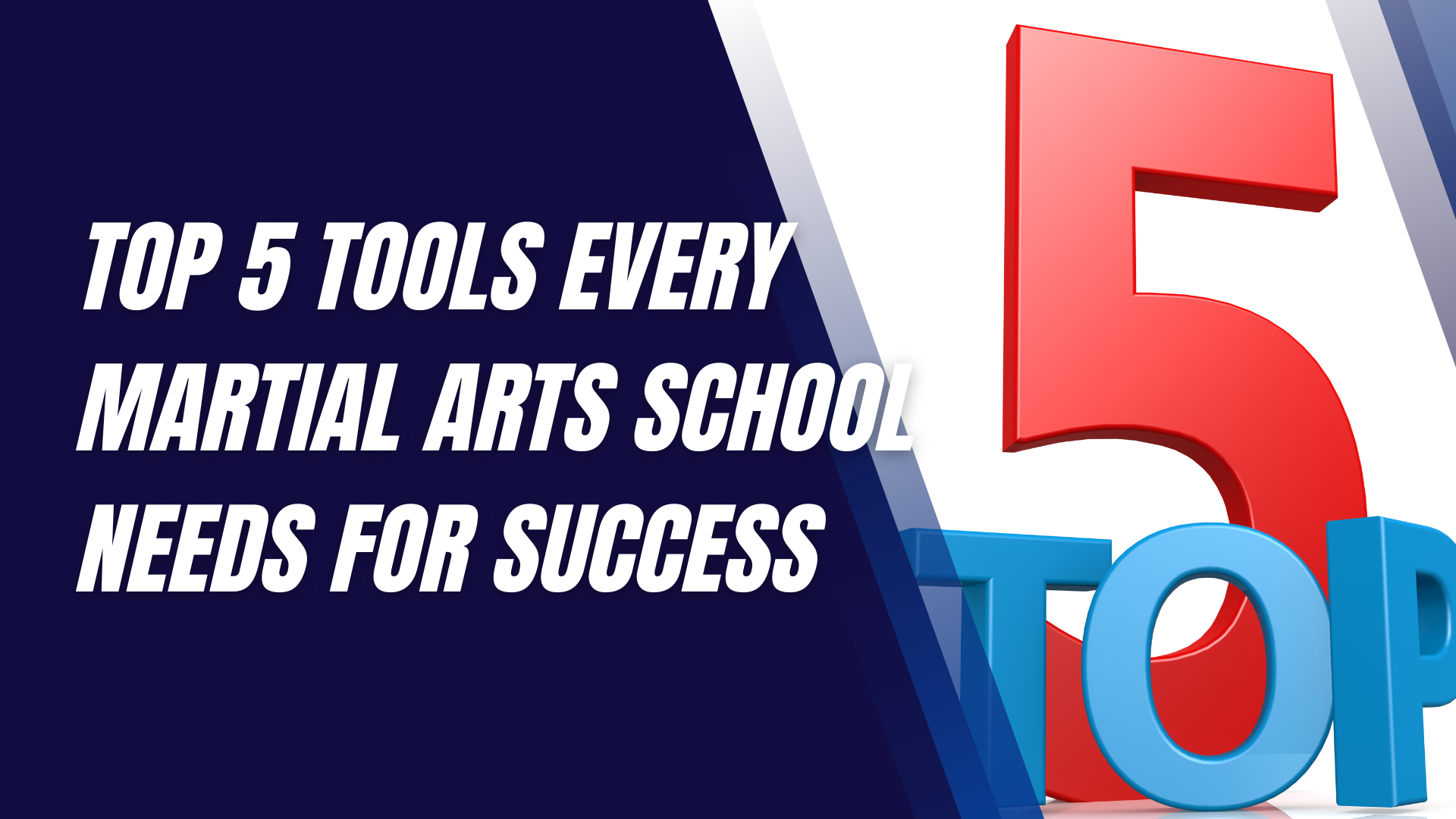Strategies for Setting Long-Term Goals in Martial Arts
Setting long-term goals in martial arts isn’t just about mastering a series of techniques or earning higher belts.
It’s a journey that shapes your discipline, mental toughness, and overall character. In this article, we’ll explore various strategies for setting and achieving long-term goals in martial arts, ensuring that you stay motivated, focused, and continually progressing in your practice.
Understanding the Significance of Long-Term Goals
Why are long-term goals so important in martial arts? The answer lies in the nature of martial arts itself—an endeavor that requires dedication, perseverance, and constant growth. Long-term goals provide a roadmap for your martial arts journey, helping you stay on course even when the path gets tough. They fuel your motivation, giving you something to strive for beyond the day-to-day challenges.
Defining Your Martial Arts Vision
Before you set any goals, it’s crucial to have a clear vision of what you want to achieve in martial arts. Your vision is the big picture—the ultimate outcome you’re working towards. Whether it’s becoming a black belt, mastering a particular style, or simply becoming the best version of yourself, this vision will guide your goal-setting process.
Creating this vision involves introspection. Ask yourself why you’re practicing martial arts. Is it for self-defense, fitness, competition, or personal development? Once you’ve identified your reasons, envision where you want to be in 5, 10, or even 20 years. This vision will be the foundation upon which all your goals are built.
Breaking Down Your Vision into Achievable Goals
With a clear vision in mind, the next step is to break it down into specific, achievable goals. Here’s where the SMART criteria come into play—setting goals that are Specific, Measurable, Achievable, Relevant, and Time-bound. For instance, instead of a vague goal like “I want to get better at martial arts,” a SMART goal would be “I want to earn my black belt in Taekwondo within the next five years by training consistently three times a week.”
It’s also important to balance short-term and long-term goals. Short-term goals (like learning a new technique) should feed into your long-term goals (like mastering a martial arts style). This way, every step you take in your training is a step towards your ultimate vision.
The Role of Self-Assessment in Goal Setting
Setting realistic goals requires an honest assessment of where you currently stand. Take stock of your strengths and weaknesses, and be candid about the areas that need improvement. Self-assessment isn’t just about identifying weaknesses; it’s also about recognizing your strengths and how they can help you achieve your goals.
This process might involve seeking feedback from instructors, recording and reviewing your practice sessions, or simply reflecting on your progress. The more accurately you assess your current skills, the more effectively you can set goals that challenge you without overwhelming you.
Incorporating Milestones to Track Progress
Milestones are smaller achievements that mark your progress toward a larger goal. They are crucial in long-term goal setting because they provide tangible evidence of progress and keep you motivated. For example, if your long-term goal is to earn a black belt, your milestones might include earning each successive belt along the way.
Setting milestones helps break down the journey into manageable steps, making the ultimate goal seem less daunting. It also gives you regular opportunities to celebrate your progress, which can boost your motivation and confidence.
Aligning Goals with Your Training Regimen
Your goals should directly influence your training routine. If your goal is to improve your striking technique, your training regimen should include specific drills and exercises that focus on striking. Consistency is key—regular, focused practice is what turns goals into achievements.
It’s also important to tailor your training to your individual needs. Everyone’s journey in martial arts is unique, and what works for one person might not work for another. Don’t be afraid to adjust your training methods to better suit your goals and personal circumstances.
Flexibility and Adaptability in Goal Setting
While it’s important to have clear goals, it’s equally important to remain flexible. Life is unpredictable, and sometimes you’ll need to adapt your goals to changing circumstances. Perhaps an injury requires you to shift focus from sparring to conditioning, or a new job limits your training time.
Flexibility doesn’t mean abandoning your goals; it means adjusting them as needed while keeping your long-term vision in sight. This adaptability ensures that setbacks don’t derail your progress but instead become part of your learning process.
Overcoming Common Obstacles in Long-Term Goal Setting
Every martial artist encounters obstacles along the way—whether it’s physical limitations, time constraints, or mental blocks. The key to overcoming these challenges is to anticipate them and have strategies in place to deal with them.
For instance, if time is a major obstacle, you might need to set more realistic goals or find creative ways to integrate training into your schedule. If you’re struggling with motivation, revisiting your vision and milestones can reignite your passion. Remember, obstacles are part of the journey, and overcoming them often leads to the most significant growth.
The Role of Mentorship in Achieving Long-Term Goals
Mentorship can be invaluable in martial arts. A good mentor provides guidance, support, and insights that can help you achieve your goals more effectively. Whether it’s a coach, instructor, or a more experienced peer, having someone to guide you can make a huge difference in your progress.
When seeking a mentor, look for someone who aligns with your goals and values. Their experience and perspective can provide you with a clearer path forward, helping you avoid common pitfalls and stay motivated on your journey.
Mental Toughness and Its Impact on Long-Term Goals
Martial arts are as much a mental discipline as they are physical. Developing mental toughness is crucial for achieving long-term goals. This involves building resilience, staying focused under pressure, and maintaining a positive mindset even when progress is slow.
Mental toughness is what helps you push through the tough times, stay disciplined, and keep going when others might give up. Techniques such as meditation, visualization, and controlled breathing can help strengthen your mental resilience, making it easier to stay on track with your goals.
Balancing Ambition with Realism
While it’s great to have ambitious goals, it’s also important to be realistic. Setting overly ambitious goals can lead to burnout or disappointment if they’re not achieved. The key is to find a balance—set goals that challenge you, but are still within reach given your current skills and circumstances.
A good strategy is to have a mix of both ambitious and more easily attainable goals. This ensures that you stay motivated by regular successes while still pushing yourself to reach new heights.
The Importance of Reflection and Re-evaluation
Regular reflection and re-evaluation are essential parts of the goal-setting process. Every few months, take time to review your progress. Are you on track to achieve your long-term goals? Do you need to adjust your strategy or timeline?
Reflection allows you to celebrate your successes, learn from your challenges, and make any necessary adjustments to your goals. This ongoing process ensures that your goals remain relevant and achievable as you grow in your martial arts journey.
Celebrating Successes Along the Way
Don’t wait until you’ve achieved your long-term goals to celebrate. Recognizing and celebrating smaller successes along the way is crucial for maintaining motivation. Whether it’s mastering a new technique, passing a belt test, or simply sticking to your training regimen, each victory is a step toward your ultimate goal.
Celebrating these milestones not only boosts your morale but also reinforces positive behavior, making it more likely that you’ll continue progressing toward your long-term goals.
Final Thoughts
Setting and achieving long-term goals in martial arts is a dynamic and ongoing process. By understanding the importance of long-term goals, defining a clear vision, breaking that vision into achievable goals, and staying flexible and resilient, you can navigate the challenges of martial arts and continue to grow both physically and mentally. Remember, the journey is just as important as the destination, and with the right strategies, you can make that journey a successful and fulfilling one.
Interested in trying a martial arts class? Find an affiliated academy anywhere in the country by clicking here.
Have your own martial arts program? Get to know more about what we have to offer at Ground Standard Agency for helping martial arts businesses grow.
Email us at info@groundstandard.com, or call and text us at (732) 907-8920 today to learn how to start growing your own academy, school, dojo, or gym with us as well.
Share this article












